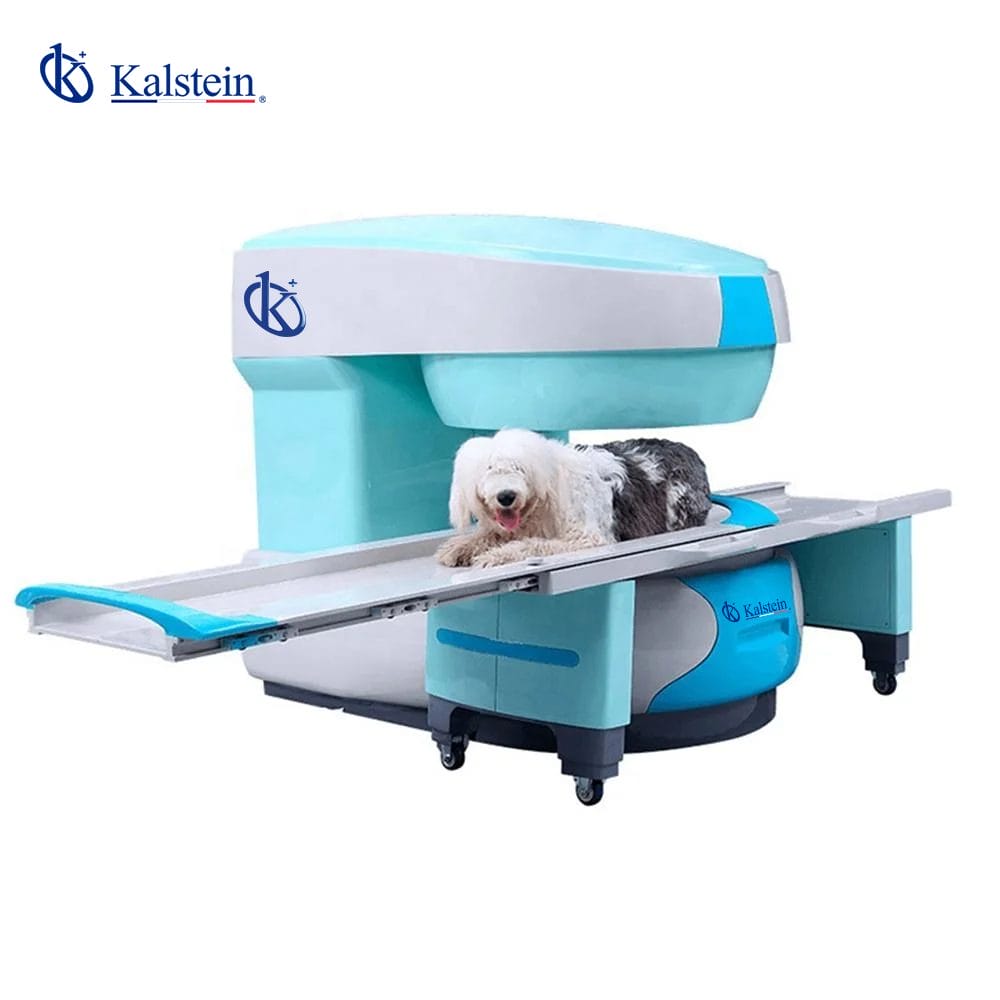Veterinary magnetic resonance is a critical advancement in the early and effective diagnosis of diseases in animals. This diagnostic imaging technique is widely used in human medicine and has gained popularity in animal medicine in recent years.
Magnetic resonance is a non-invasive technique that allows detailed internal images of animals to be visualized. It is especially useful for diagnosing abnormalities in soft tissues, such as the brain, spinal cord, and muscles, providing a clear and complete picture of their internal conditions without surgical risk.
If you want to know the catalog of high-end products that we have for you at KALSTEIN, visit us at https://kalstein.ee/category-product/veterinary-sector/veterinary-mri/ We also assure you that through our online PURCHASE channels, which are very easy and viable, you will find the best PRICES on the market. Remembering that we are a MANUFACTURING Company of high-level Laboratory Equipment for SALE. https://www.kalstein.ee/
Clinical Applications of Veterinary Magnetic Resonance
The applications of magnetic resonance in veterinary medicine are vast. It is frequently used to diagnose neurological and musculoskeletal diseases in dogs and cats, including brain tumors, disc hernias and ligament injuries. In addition, magnetic resonance can play a crucial role in the diagnosis of heart, abdominal and lung diseases in various types of animals.
How Veterinary Magnetic Resonance Works
Veterinary magnetic resonance works by applying a strong magnetic field and radiofrequency pulses that interact with the hydrogen atoms in the animal’s body. This interaction results in a signal that is detected by the machine and processed to generate a detailed image of the animal’s anatomy.
By using different types of pulses and adjusting various parameters, the specialist can obtain a range of images with different contrasts, allowing different types of tissues and pathologies to be identified.
Advantages and Limitations of Veterinary Magnetic Resonance
Veterinary magnetic resonance offers a number of advantages over other diagnostic imaging techniques. It provides a clear and detailed view of the animal’s interior without the need for surgery. In addition, it can identify pathologies in the early stages, increasing the chances of successful treatment.
However, it also has some limitations. Veterinary magnetic resonance may require the animal to be anaesthetized to ensure its immobility during the procedure. Moreover, the high cost of this equipment may limit its availability in some veterinary clinics.
Recent Advancements and Future of Veterinary Magnetic Resonance
Recent advancements in magnetic resonance technology have allowed for faster and more accurate machines, further expanding its utility in veterinary medicine. High-field magnetic resonance, for instance, provides superior image resolution, allowing for an even more precise diagnosis.
Looking forward, veterinary magnetic resonance is expected to continue evolving. Research is being conducted to develop more advanced and efficient techniques that minimize the use of anesthesia and further reduce scanning times.
In conclusion, veterinary magnetic resonance is a vital and powerful tool in animal medicine. Despite its limitations, the constant advances in this technology promise a bright future for the diagnosis and treatment of diseases in our animal friends.

